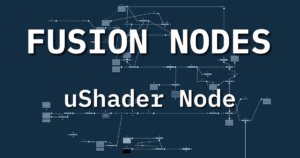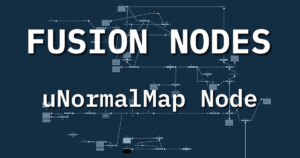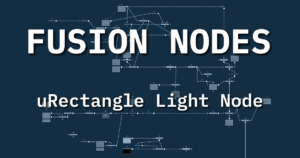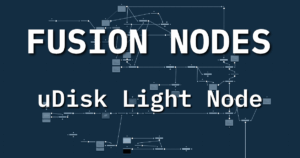Your cart is currently empty!
DaVinci Resolve Subclips Explained
Master Subclips for Faster Video Editing
So, you’re a video editor. You’ve just imported footage, and now you’re staring into the abyss of a 4-hour interview or a mountain of B-roll. We’ve all been there. Finding those perfect moments, those “gold nuggets,” can feel like searching for a needle in a haystack. But what if there was a cleaner, more organized way than just scattering markers everywhere?
Enter the subclip.
In the video above, I dive deep into using subclips – think of them as handcrafted, bite-sized pieces of awesome extracted directly from your longer media files. They are a fantastic media management tool that can seriously streamline your editing workflow. If you’re dealing with long takes, interviews, or any footage where you only need specific sections, subclips are your new best friend.
Why Use Subclips Over Just Markers?
You might be thinking, “But I already use markers!” And markers are great, don’t get me wrong. But let’s be honest, sometimes your timeline can end up looking like a toddler went wild with a pack of rainbow crayons. Subclips offer a different approach:
- Cleaner Organization: Instead of just marking sections within a large clip on your timeline, subclips become new, independent clips in your media pool, referencing only the specific section you need.
- Easier Retrieval: You can name these subclips descriptively (please, be more creative than “good take”!) and organize them into bins, just like any other media. This makes finding that perfect soundbite or action shot much faster later in the edit.
- Simplified Workflow: Dragging a precisely defined subclip to your timeline is often quicker and cleaner than constantly adjusting the in/out points of a full clip marked on the timeline.
Creating Subclips: My Go-To Methods (Explained in the Video!)
In the video, I demonstrate several ways to create subclips. Here’s a quick rundown of what you’ll see:
- Source Viewer + Right-Click: Set your in and out points in the source viewer, right-click the jog bar, and select “Make Subclip.”
- Source Viewer + Drag & Drop: With in/out points set, simply drag the clip icon from the source viewer directly into your media pool bin.
- The Mark Menu: Set your in/out points, then navigate to the “Mark” menu and choose “Create Subclip.”
- The Keyboard Shortcut (My Favorite!): The fastest way – simply set your in/out points and press Alt+B (Windows) or Option+B (Mac).
No matter which method you choose, you’ll get a prompt to name your subclip. Remember, a descriptive name now saves you headaches later!
Editing Subclips & Advanced Tricks
Made your subclip a little too short or long? No worries! As I show in the video, you can easily edit a subclip by right-clicking it in the media pool and adjusting the in/out points.
I also touch on some more advanced techniques, including:
- Text-Based Editing (Resolve Studio): How you can leverage DaVinci Resolve’s transcription feature to create subclips directly from selected text – incredibly powerful for interviews!
- Creating Subclips from Markers: Yes, you can combine the power of markers and subclips! Learn how to turn markers with duration into subclips, potentially bringing metadata along for even more organization.











Start the discussion at postprolist.com